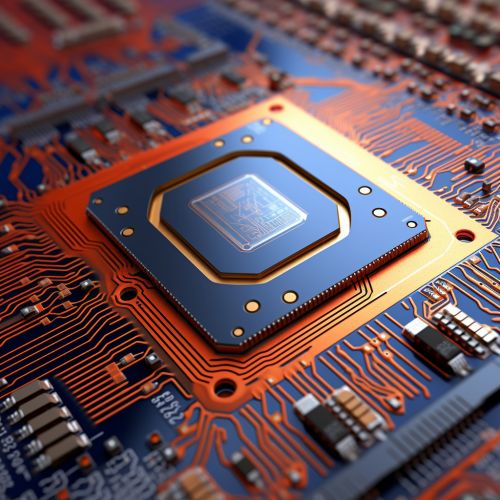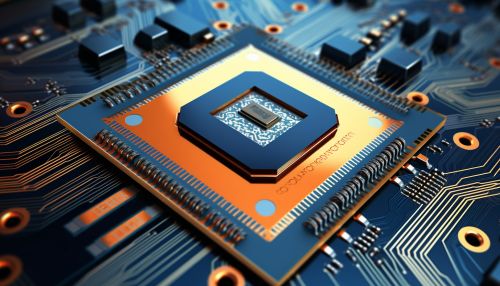Integrated Circuit Design
Introduction
Integrated Circuit Design is a specialized field of electrical engineering that focuses on the design and creation of integrated circuits, or ICs. ICs are a set of electronic circuits on a small chip of semiconductor material, typically silicon. This field combines the principles of microfabrication process technology, transistor-level circuit design, system-level design, and the understanding of semiconductor devices.
History of Integrated Circuit Design
The history of integrated circuit design is closely tied to the invention of the transistor in 1947 and the development of semiconductor technology. The first integrated circuits were created in the late 1950s by Jack Kilby at Texas Instruments and Robert Noyce at Fairchild Semiconductor. These early ICs were relatively simple devices, but they paved the way for the complex microprocessors and memory chips that are ubiquitous in today's electronic devices.
Types of Integrated Circuits
There are several types of integrated circuits, each with its own specific applications and design considerations.
Analog ICs
Analog integrated circuits are designed to process continuous signals and perform tasks such as amplification, active filtering, demodulation, and mixing. Analog ICs are commonly used in hard-disc drives, mobile phones, and radio frequency transceivers.
Digital ICs
Digital integrated circuits handle discrete signals and perform tasks related to digital data processing, digital signal processing, and computing. They are primarily used in computers, mobile devices, and networking equipment.
Mixed-Signal ICs
Mixed-signal integrated circuits contain both analog and digital components. They are often used in devices such as smartphones and tablets, where they perform tasks such as converting analog signals from sensors into digital data for processing.
Design Process
The design process of an integrated circuit involves several steps, each requiring specialized knowledge and skills.
System Specification
The design process begins with a system specification, which defines the functionality, performance, physical constraints, power budget, and production cost for the IC.
Architectural Design
The next step is the architectural design, where the overall structure of the IC is defined. This includes the selection of the circuit topology and the design of the individual components.
Logic Design
In the logic design phase, the circuit is described in a high-level language such as VHDL or Verilog. This description is then synthesized into a gate-level representation.
Physical Design
The physical design phase involves the layout of the IC, where the physical locations of the transistors and interconnections are determined. This phase also includes the verification of the design to ensure it meets the original specifications.
Fabrication
Finally, the IC is fabricated using semiconductor manufacturing processes. After fabrication, the IC is tested to verify its functionality and performance.
Design Techniques
There are several techniques used in integrated circuit design to improve performance, reduce power consumption, and minimize the size of the IC.
Scaling
Scaling is a technique used to increase the performance and density of ICs. By reducing the size of the transistors and the distances between them, more functionality can be packed into a smaller area, and the speed of the IC can be increased.
Power Management
Power management techniques are used to reduce the power consumption of the IC. These techniques include dynamic voltage and frequency scaling, power gating, and clock gating.
Design for Manufacturability
Design for manufacturability (DFM) techniques are used to ensure that the IC can be reliably manufactured. This includes considerations such as process variations, yield, and cost.
Future Trends
The field of integrated circuit design continues to evolve, driven by the ongoing need for higher performance, lower power consumption, and smaller form factors. Some of the key trends in this field include the move towards 3D ICs, the use of new materials such as graphene, and the development of quantum computing technologies.
See Also
- Semiconductor device fabrication
- Microprocessor design
- Electronic design automation
- Very-large-scale integration


